1.National Sun Yat-sen University released the list of students expelled after the anti-Communist coup on April 15
On April 15, 1927, an anti-Communist coup took place in Guangzhou. The National Sun Yat-sen University (NSYSU) was supposed to have 444 students and staff, who had cards identifying themselves as members of the Communist Youth, expelled from the University. Based on the decision made at the 2nd Inter-ministerial Joint Meeting, NSYSU expelled 29 students and staff and took a second-class disciplinary measure against 26 suspected reactionaries.

Photo 1: Letter from the Guangzhou Branch of the Political Council to the NSYSU’s Committee on Reorganization of the Special Branch of the Communist Party of China, which listed students and staff expelled from the NSYSU who had cards identifying themselves as members of Communist Youth, published in The Campus Newspaper of the National Sun Yat-sen University
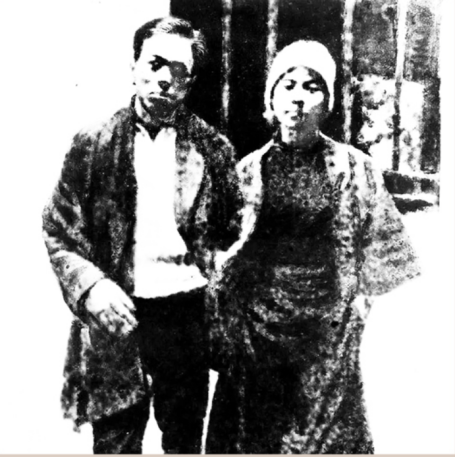
Photo 2: After the failed Guangzhou Uprising, Zhou Wenyong (left) and Chen Tiejun (right) took a photo in prison before their execution
2.The only university in China that commemorated Dr. Sun Yat-sen
After the death of Dr. Sun Yat-sen, a number of universities across China were named after “Sun Yat-sen” in memory of him. In September 1927, the University was renamed the National First Sun Yat-sen University under the resolution issued by the Political Council of the Central Executive Committee of the Kuomintang. In February 1928, its name was changed back to the National Sun Yat-sen University, with the “First” removed to become the only university in China that commemorated Dr. Sun Yat-sen.
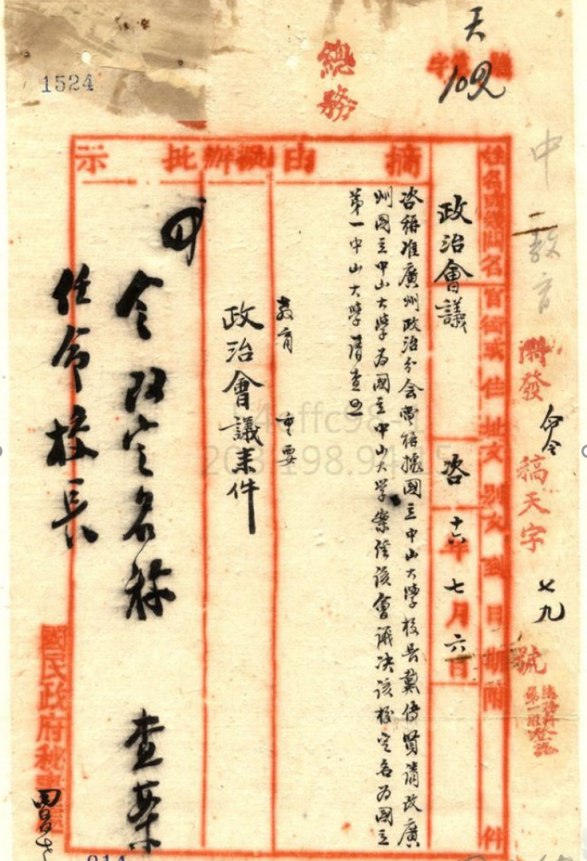
Photo 1: Letter from the Political Council of the Central Executive Committee of the Kuomintang, in which it approved the renaming of the National Sun Yat-sen University as the National First Sun Yat-sen University
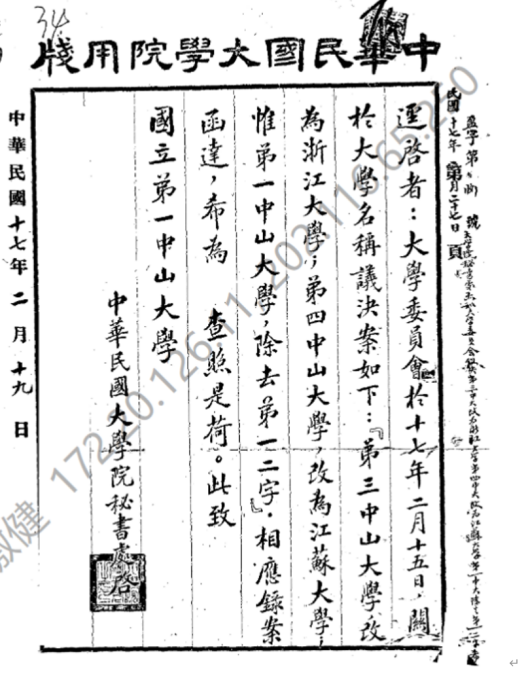
Photo 2: Letter of the resolution issued by the Ministry of Education and Research to remove “First” and change the University name back to the “National Sun Yat-sen University”
3.Institute of Philology and History
Since August 1927, the preparations for the establishment of the Institute of Philology and History had started and focused on five measures, including appointing professors, organizing research groups, releasing enrollment guides, establishing research societies, and publishing periodicals and book series. In November, the first issue of The Weekly Bulletin of the Institute of Philology and History of the National Sun Yat-sen University made its publication. In January 1928, the Institute of Philology and History was officially set up.
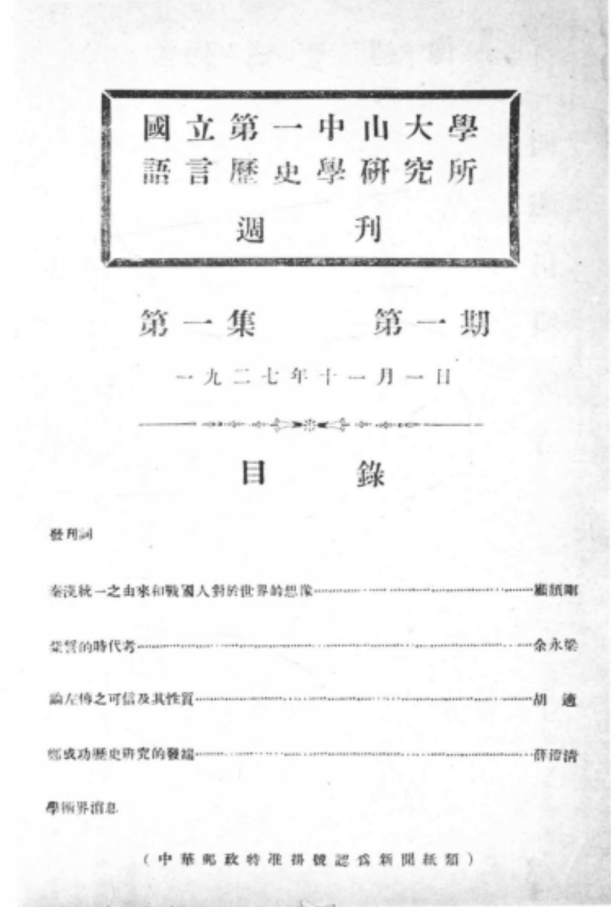
Photo 1: First issue of The Weekly Bulletin of the Institute of Philology and History of the National Sun Yat-sen University

Photo2: Group photo of the Institute of Philology and History (Front row from left: Yu Yongliang, Shang Chengzuo, Gu Jiegang, Shen Pengfei, Huang Chongqin, and Rong Zhaozu)
4.University motto, anthem, and uniform
In August 1927, professors of the NSYSU held their second meeting. In the meeting, the four characters “Zhi Nan Xing Yi” (to know is easy; to act is hard) were set as the university motto. One of the motto calligraphies was written on the University’s outer wall with two characters in each row, and the other hung at the assembly hall. Wu Mei and Chao Yuen Ren were invited to compose the university anthem, and the Chinese tunic suit was decided as the uniform for faculty and students.
5.The Folklore Society of the Institute of Philology and History
In November 1927, the Folklore Society of the Institute of Philology and History was established at the University. It then started the journal Folklore Literature (later renamed Folklore Weekly) and series such as Discussions of the Tale Meng-kiang-nv and Miao Feng Shan.
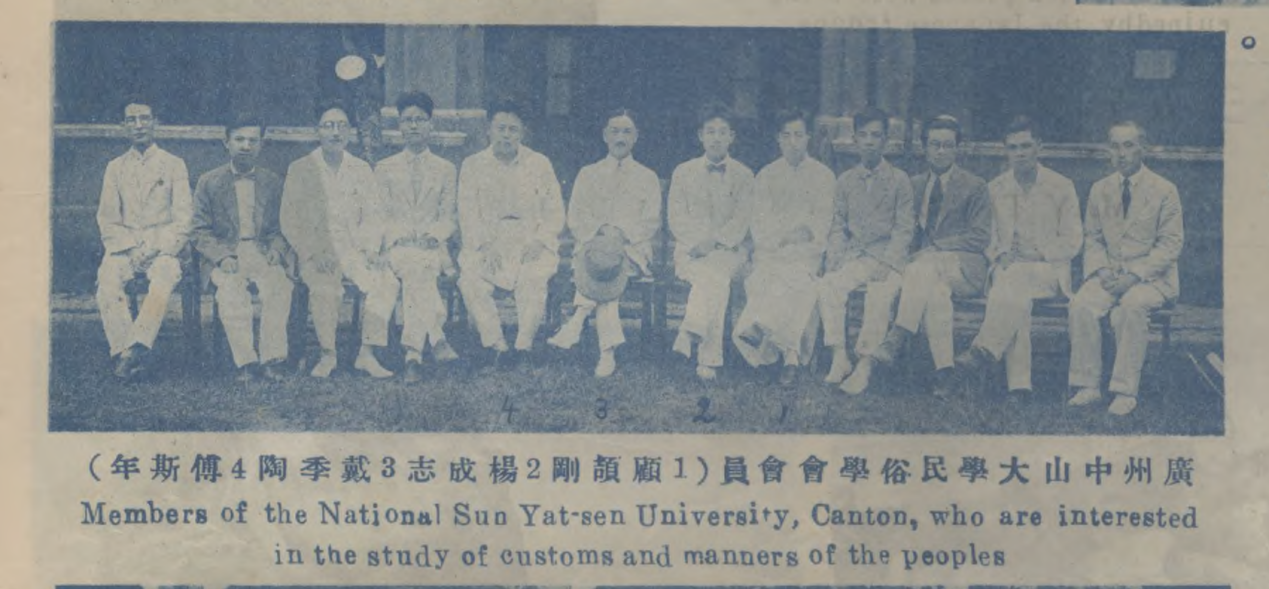
Photo: Group photo of the Folklore Society of the NSYSU. 1: Gu Jiegang, 2: Yang Chengzhi, 3: Dai Jitao, and 4: Fu Sinian


